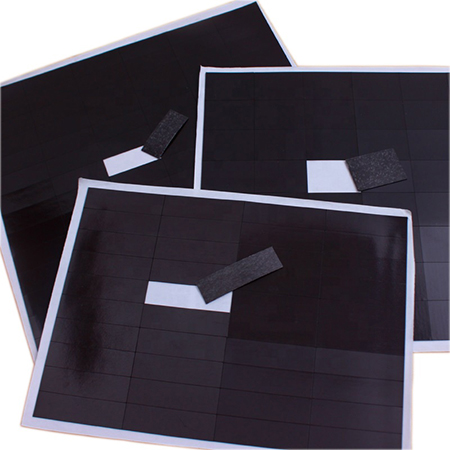吸収材とは何ですか?
xinst2020年5月12日
1.吸収材の導入
1.1現代の科学技術の発展に伴い、環境への電磁波放射の影響が増大しています。 空港では、電磁波の干渉により航空機の飛行が遅れ、離陸できません。 病院では、携帯電話がさまざまな電子診断機器の通常の動作を妨げることがよくあります。 したがって、電磁汚染を制御し、電磁波放射吸収材料に抵抗して弱めることができる材料を見つけることは、材料科学の主要なトピックになっています。
1.2電磁放射は、熱的影響、非熱的影響、および累積的影響を通じて、人体に直接的および間接的な損傷を引き起こします。 研究により、フェライト吸収材料が最高の性能を発揮することが確認されました。 高い吸収周波数帯、高い吸収率、薄いマッチング厚さの特徴があります。 この材料を電子機器に適用すると、漏れた電磁放射を吸収し、電磁干渉を排除するという目的を達成できます。 低磁性ガイドから高磁性ガイド方向に媒体を伝搬する電磁波の法則に従い、電磁波をガイドするために高透磁率フェライトが使用されます。 共鳴により、大量の電磁波放射エネルギーが吸収され、
2. Classification of absorbing material
The loss mechanism of absorbing materials can be roughly divided into the following categories:
First, resistive losses, such absorption mechanism and the resistive loss of the material's conductivity, that is, the greater the conductivity, the macroscopic current caused by carriers (including the current caused by changes in the electric field and the eddy current caused by changes in the magnetic field) The larger, which is conducive to the conversion of electromagnetic energy into heat energy.
Second, dielectric loss, it is a kind of electrode-related dielectric loss absorption mechanism, that is, the "friction" generated by repeated polarization of the medium converts electromagnetic energy into thermal energy and dissipates it. The dielectric polarization process includes: electron cloud displacement polarization, polar medium electric moment turning polarization, electric iron body domain turning polarization, and wall displacement.
第三に、磁気損失、このタイプの吸収メカニズムは、強磁性媒体の動的磁化プロセスに関連するタイプの磁気損失です。 このタイプの損失は、ヒステリシス損失、渦電流、減衰損失、および磁気後遺症に洗練されます。 、その主な原因は、ヒステリシスメカニズムと同様に、磁区旋削、磁壁変位、および磁区固有共振です。 さらに、ナノ材料の最新のマイクロ波損失メカニズムは、吸収材料の分析におけるホットスポットです。



